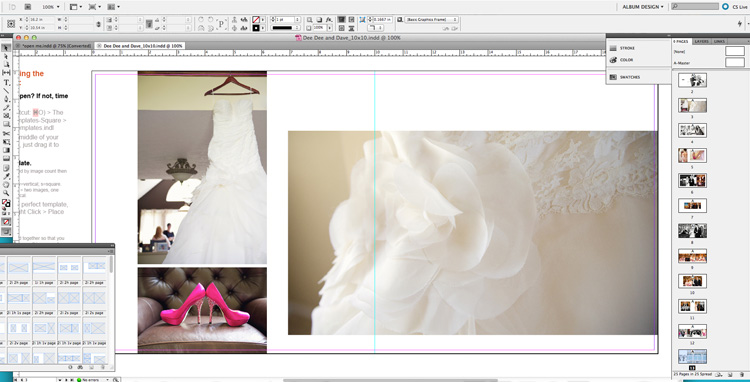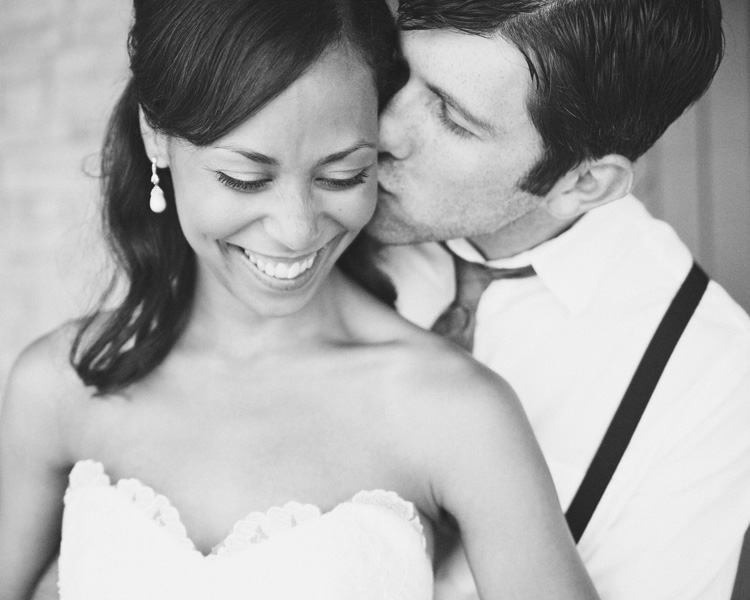I'm a newbie when it comes to album design. I just recently started using Madera as my album company and The Bobbi Shop templates to design albums, so please know that this is just what's worked for me ... there are LOTS of options out there. If you have a good one, I'd love to hear about it! Why did I decide to pay for my album design templates when there are lots of free options? Quite honestly, I love Bobbi + Mike's work and knew that their products would be topnotch. And guess what? I was right! Before I committed, I tried the free trial. Considering I wasn't a veteran to album design, this was crucial.
If you decide to use b+m's templates, know you'll be using InDesign. I was NOT familiar with InDesign before I started but that's OK because Bobbi walks you through everything with a really in-depth tutorial. It's a little overwhelming at first, but a lot of the tutorial is practicing over and over so it starts to sink in.
Another reason I decided to go with this album design option is because I had heard that they were SUPER quick and easy. I've heard lots of photographers talk about how time-consuming album design is and I didn't want to get stuck there right off the bat. Plus, Bobbi boasts that her templates are "the most ridiculously amazing get-your-life-back album design templates ever." How's that for tempting?
And after using the templates I have to say that they are pretty quick. See that box up there in the bottom left-hand corner? Those are your album pages options, and while there are a lot of them, once you decide on a design it's amazingly fast to stick your pictures in there and be DONE. No finagling the size, placement, etc. It's set!
Here's a look at some actual page spreads I'm designing, featuring the lovely Dee Dee and Dave. Soon I will show you the finished product!
I'd love to hear feedback on your album design experiences. What works for you? What doesn't?








